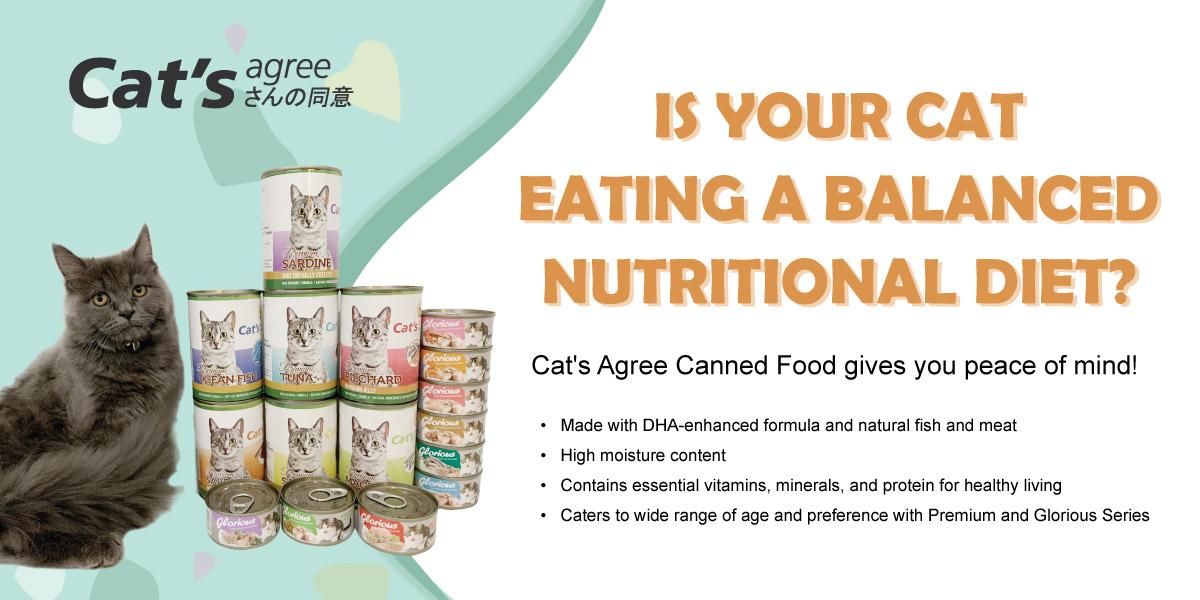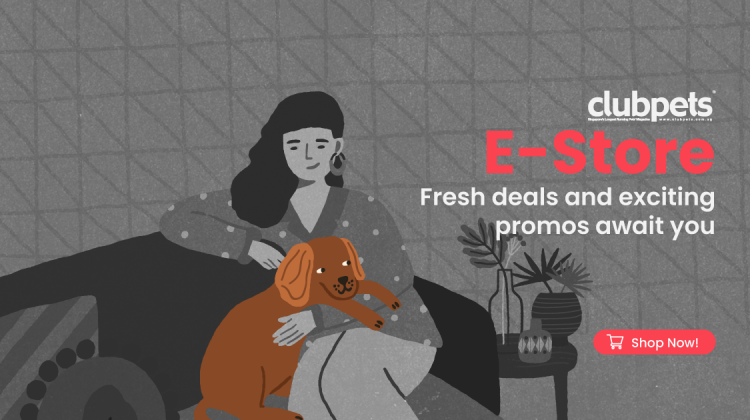Dry Or Wet Cat Food: Which Is The Better Option?
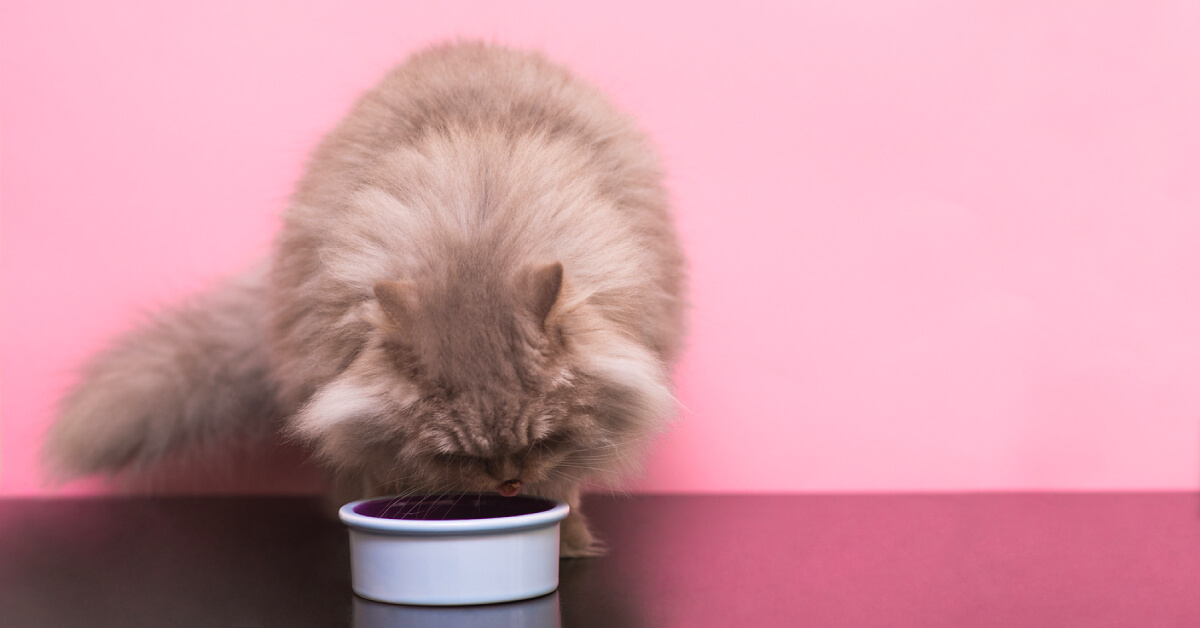
“Should I feed my cat wet or dry food?”
With the broad array of cat food choices available in pet supply stores, cat owners are bound to get a little confused when it comes to deciding between dry or wet food for their precious felines.
While there have been many heated discussions about this – some vets claim that both are excellent sources of nutrition, other vets may advocate just one type – there is no right or wrong answer as it all depends on a number of factors, including your cat’s age, personality, personal taste and preferences, your lifestyle, and more.
In this article, we explore the pros and cons of both wet and dry foods so that you can make an informed decision.
Why you should consider wet food
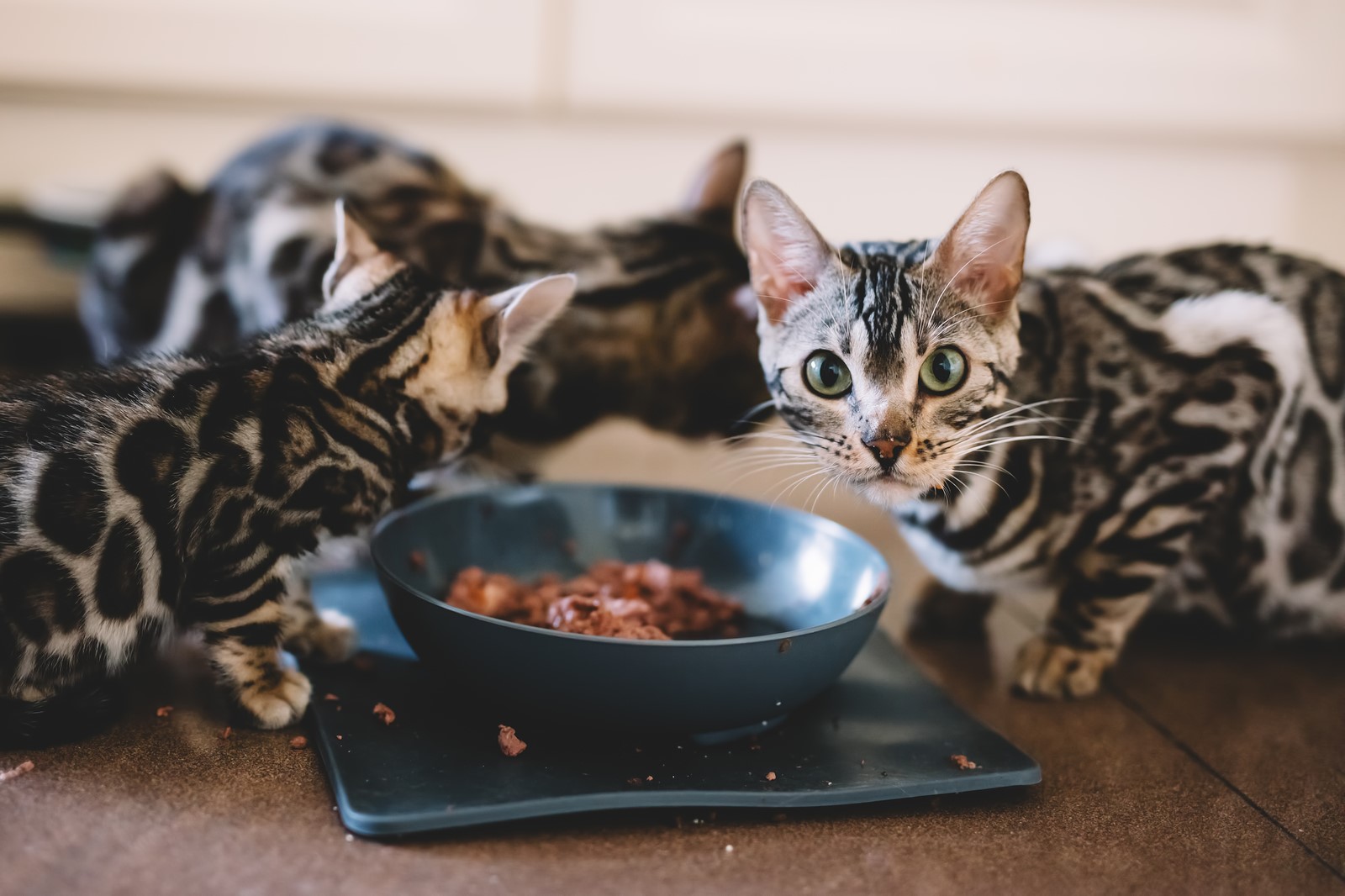
While the dry vs wet food debate may make it seem like there are only two kinds of cat food, it is important for you to note that wet food actually comes in many forms, and can have different nutritional composition. For example, organic canned food usually contains fewer preservatives and fillers than other kinds of wet food.
Portion control
Do you have trouble figuring out how much food you should be feeding your cat? Wet cat foods are usually packaged in pre-measured portions that are just right for cats — not too much or too little. With the pre-measured portions, cat owners need not worry about over- or underfeeding their feline friends.
Water content
Does your kitty drink enough water ? As the name suggests, wet cat food contains significantly more moisture than dry cat food. This is important as cats are animals that do not drink much water and can hence become easily dehydrated.
Containing 65% more moisture than dry cat foods, wet cat food can reduce the risks of your cat contracting kidney and urinary conditions. Cat owners should be careful not to leave wet cat food out for more than an hour though, as wet cat food spoils faster than its dry counterpart!
Easy to chew
As wet food is soft in texture, it’s much easier to chew if your cat struggles with gum issues. This also makes wet food more suitable for kittens and senior cats, as they will not have much difficulty chewing and digesting their meals.
Why you should consider dry food
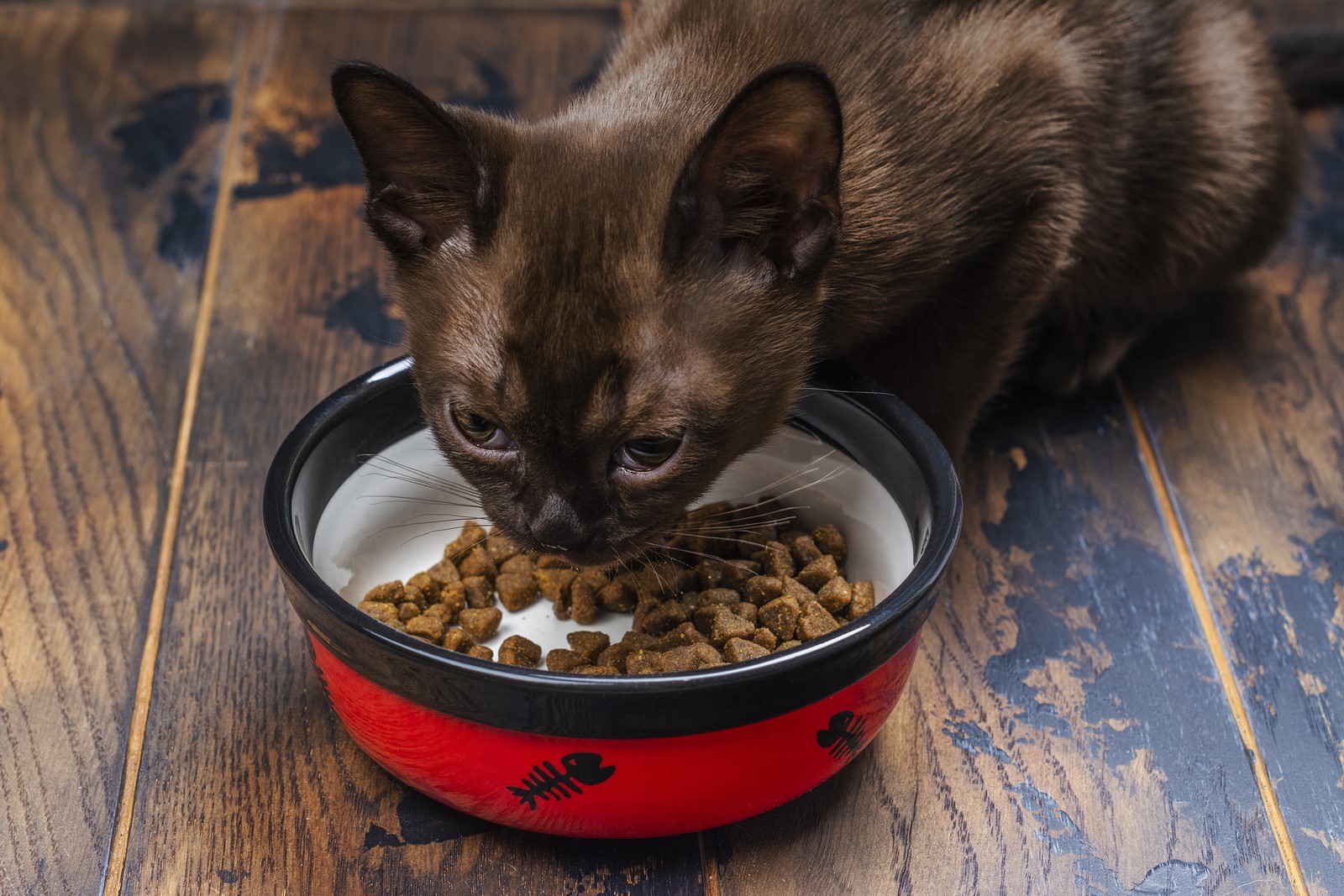
Just like wet food, cat owners should be aware that dry cat food comes in a variety of forms. Dry food is typically defined as having 8-10% moisture content. However, due to different methods of processing, the pros and cons listed here might differ significantly which is why cat owners must be aware of what goes into cat food.
For example, dry cat food that is made through extrusion processes may lose heat-sensitive vitamins in the production process, while freeze-dried food may contain a largely intact nutritional value.
Another example is that some dry foods are grain-free, which makes it suitable for cats with gluten allergies. However, as other dry foods may use grain as fillers in their food, this suitability will not extend to all dry foods.
Conveniently-sized
Dry cat food usually comes in bigger bags which makes it much more convenient and cost-effective, especially for owners who are busy and don’t have much time out of their busy work schedules. A larger bag of cat food means that you will not have to make as many trips to the store.
Longer lasting
Dry cat food is great for owners who can’t be at home all the time. The moisture content within a dry bag of food is only 20%, which gives it a much longer shelf life than wet cat food.
Due to these properties, dry food is thus suitable for automatic feeders or open feeding, which is when owners leave a predetermined portion of food out in the open for their cats to feed freely from. This ensures that your cat will be able to eat adequately on their own schedule even if you work long hours away from home.
Good for dental health
Cat food usually consists of a crunchy texture. While this might not be suitable for cats who suffer from gum diseases or who have trouble chewing their food, this texture can help cats without such problems with the buildup of tartar on their teeth, and reduce plaque as well.
Other considerations
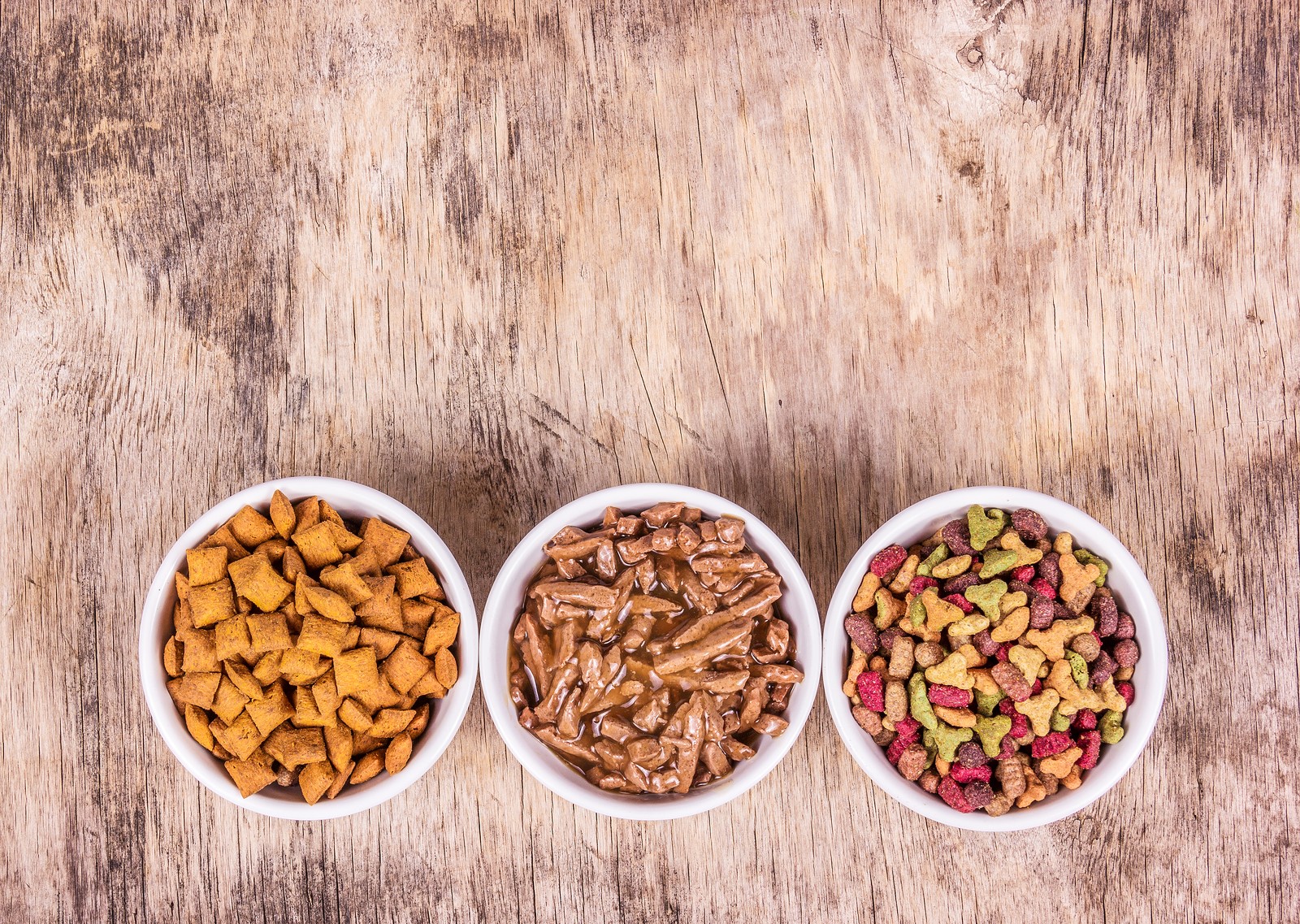
Cats are known for many things, including their constant need for new and exciting stimulation. In other words, they greatly appreciate trying out new things. Giving them the same food all the time may bore them, resulting in their refusal to eat their food.
Hence, rather than sticking to just one kind of food, consider blended or mixed feeding routines. As long as you maintain proper control so that your feline receives the proper amount of nutrients, it will remain in the pink of health.
The final choice is yours to make (taking into account your furkid’s preference and vet’s advice), but here are a couple of factors that might affect your decision:
Life stage: It’s important that you buy the correct cat food according to your cat’s age. There is a big difference between the dietary requirements between kittens, adult cats, and senior cats.
Your cat’s preference: Cat owners usually notice that their cats can be extremely fussy when it comes to different flavours and textures. You can test your cat’s taste buds by presenting it with a variety of different cat food flavours, and pick accordingly to its preference.
Health condition: You should be aware of any health conditions that your cat may have, which may result in special dietary restrictions or requirements.
At the end of the day, it is up to a cat owner’s discretion to choose a food that is best suited for their feline friend’s dietary needs. With these tips, you will definitely be better equipped to do so!

